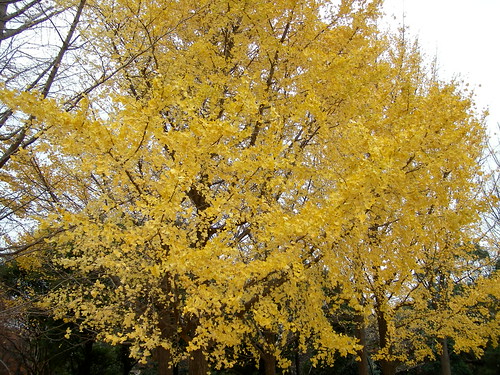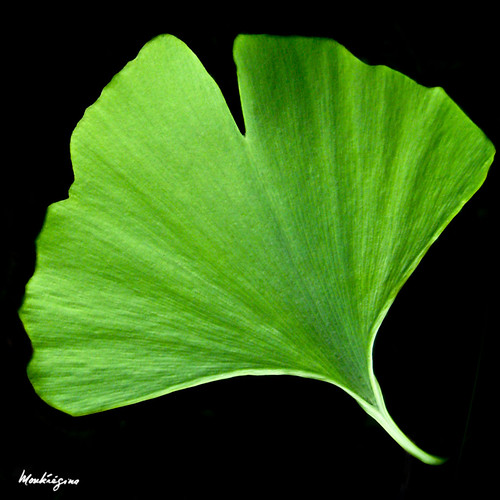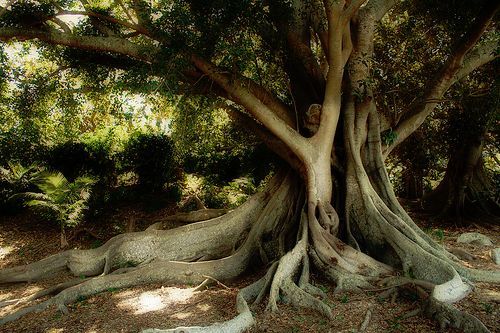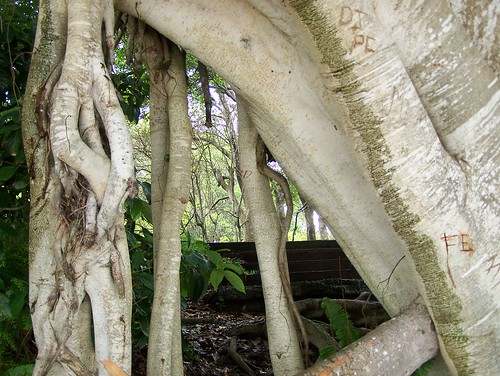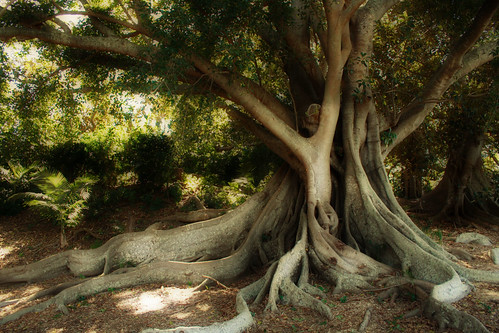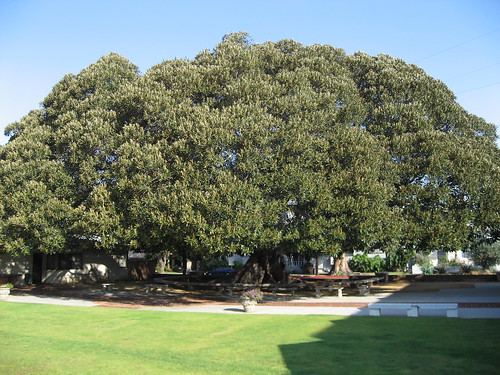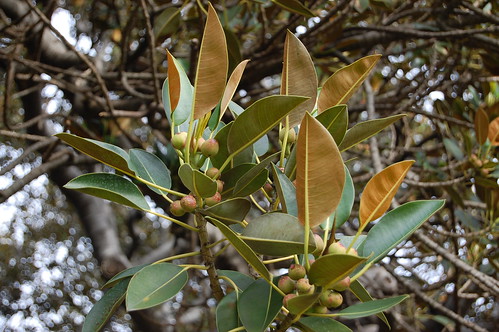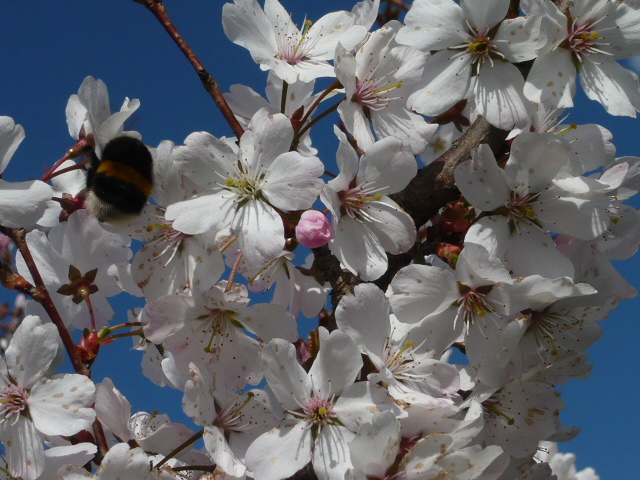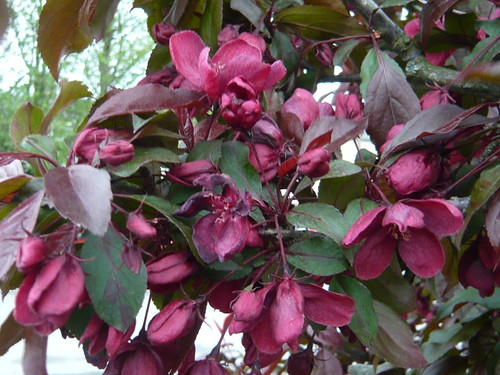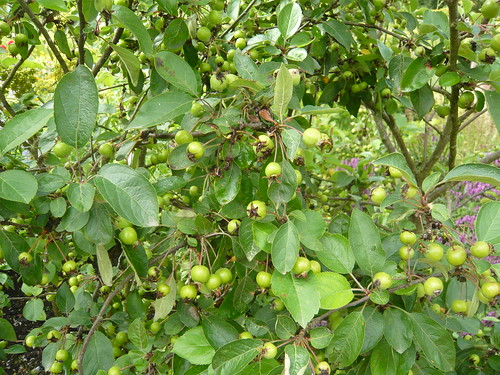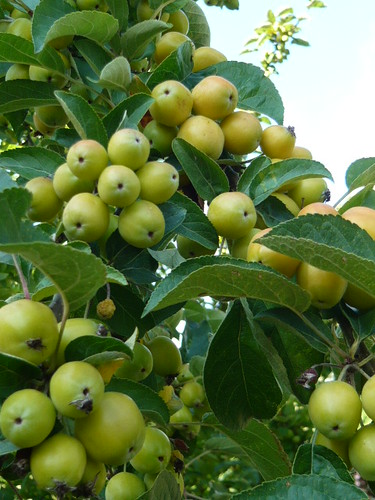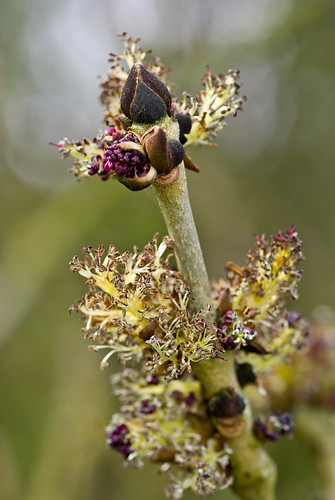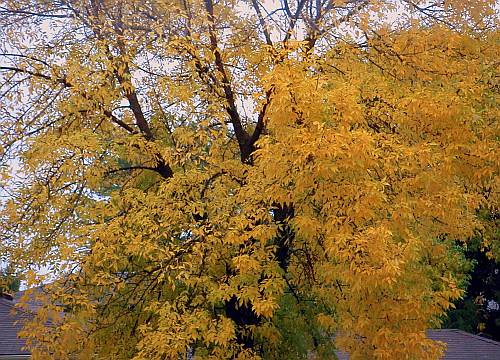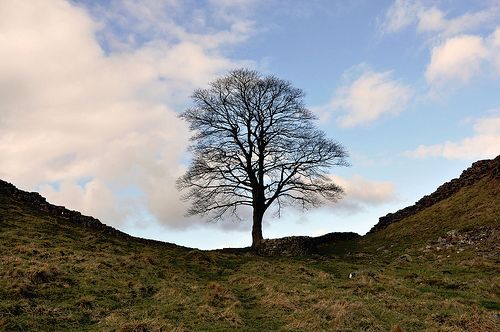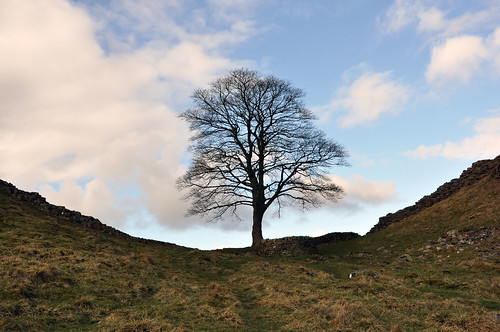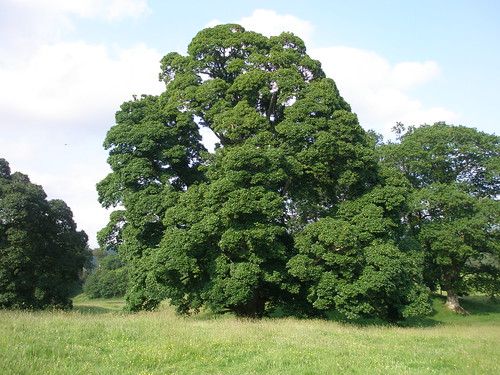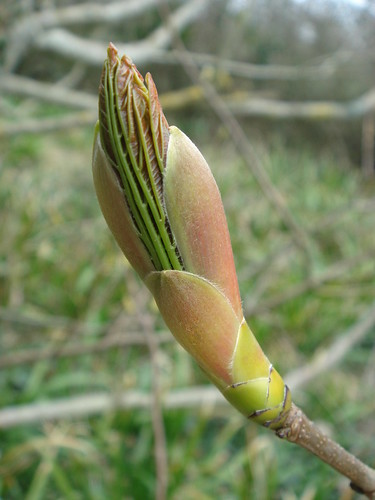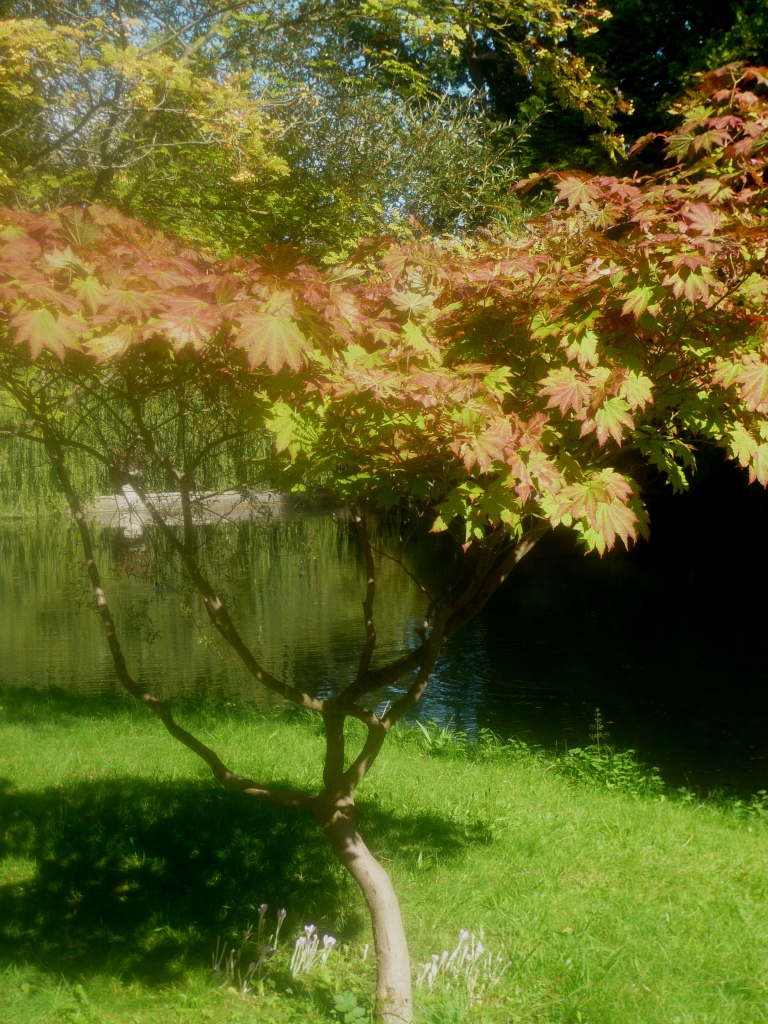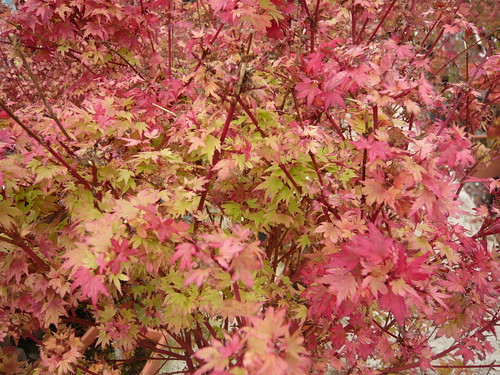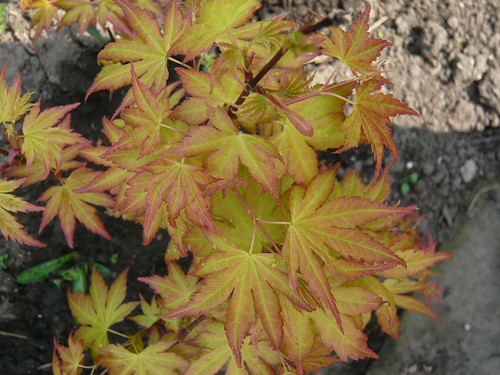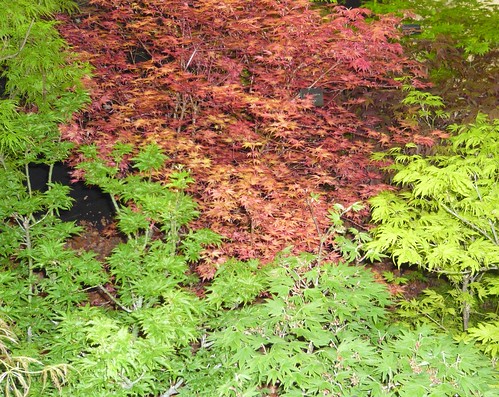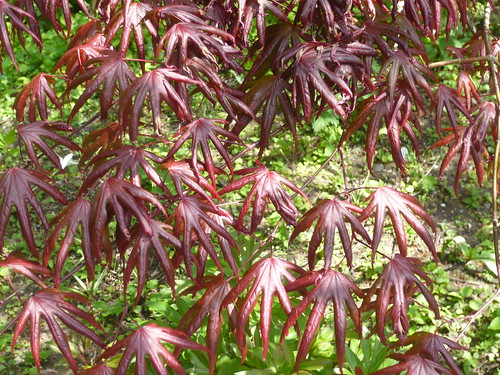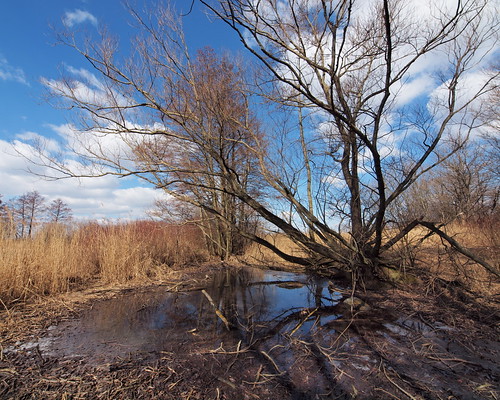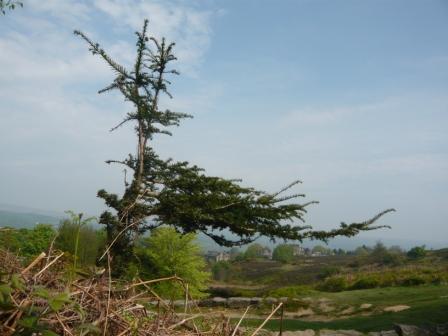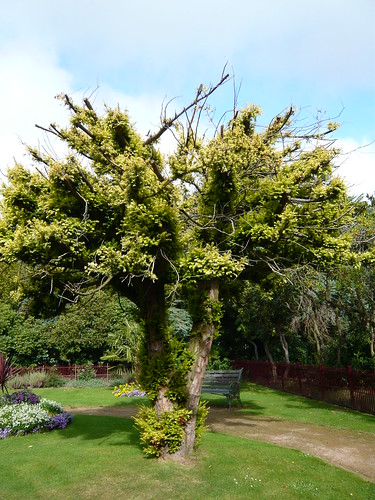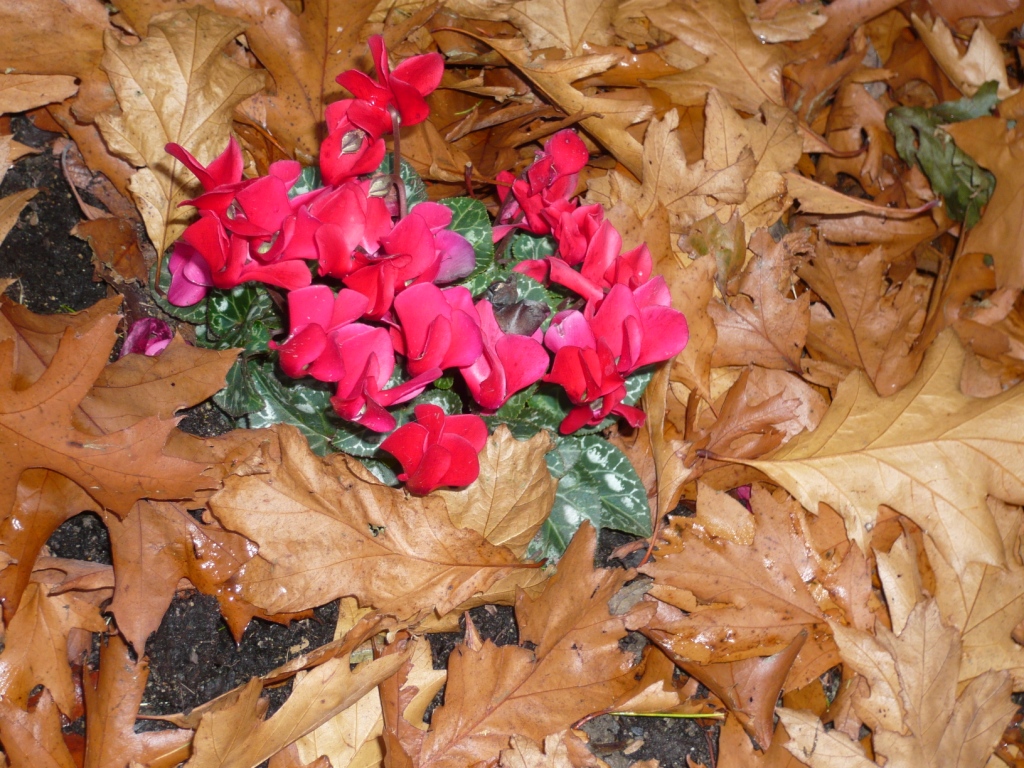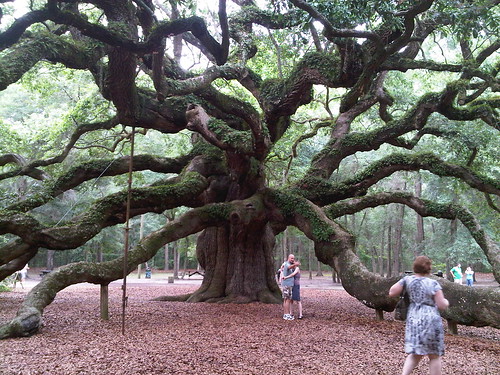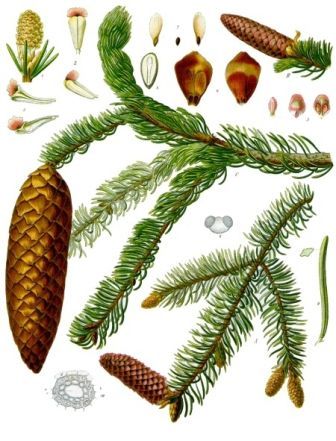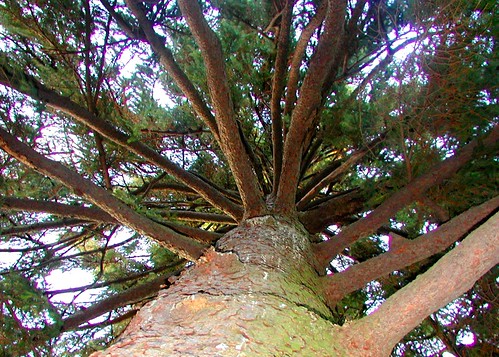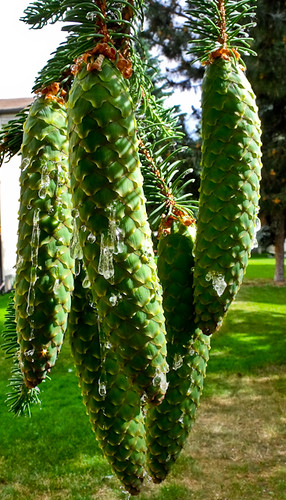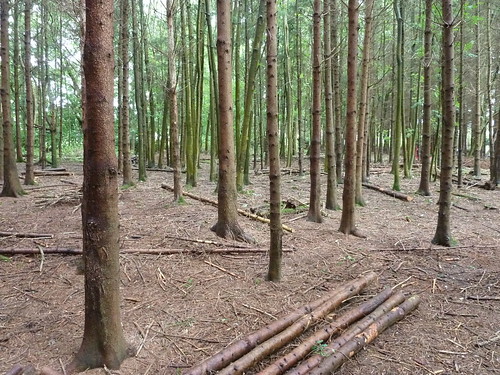Maidenhair Tree (Ginkgo) Root and Branch Review
Fascinating leaves are grown on this unique tree that has been around for over 200 million years. Last one of a kind the Ginkgo has no close relatives. Now famous for its extracts and herbal remedies it is also a revered tree in the Buddhist religion.
Key Features of the Maidenhair Tree
- Latin name Ginkgo biloba other common names Pin Yin, Kew tree or Japanese silver apricot
- Height Up to 100 feet very long lived.
- Type of tree – Deciduous the only surviving species of its kind from 200 million years ago
- Leaves – Fan shaped green leaves aging to yellow
- Flowers – Male catkins are yellow in bunches. Female on another tree are green on stalks
- Fruit – Greenish-yellow plum like fruit with a fleshy coating and edible kernel.
- Bark – Grey Brown
- Family Ginkgo a one off
Origins and Distribution of the Maidenhair Tree
- Origins over 200 million years ago but now grow wild in China, Japan and Indonesia.
- Widely planted in Buddhist temples and now grown as a specimen tree around the world..
Uses and Attributes of the Ginkgo
- Seen as a symbol of longevity, hope and unity.
- The finely grained wood is used for carving.
- Extract from the leaves and fruit are used herbally.
Gardeners Tips for the Ginkgo
- During autumn the leaves turn a bright yellow and quickly fall.
- Sunny well-watered and well-drained sites are needed to grow a Ginkgo in your garden.
- With stands an amount of pollution.
Other types of Ginkgo
- There are no living relatives Ginkgo are often referred to as living fossils.
Ginkgo comments from elsewhere
- The old popular name “Maidenhair tree” is because the leaves resemble some of the pinnae of the maidenhair fern.
- Ginkgos are dioecious, with separate sexes, some trees being female and others being male. Male plants produce small pollen cones (Wikipedia).
- The Ginkgo Pages is a dedicated website for the tree
Credits
ginkgo by ivva CC BY-SA 2.0
Ginkgo leaf by monteregina CC BY-NC-SA 2.0
